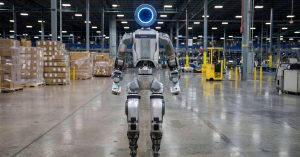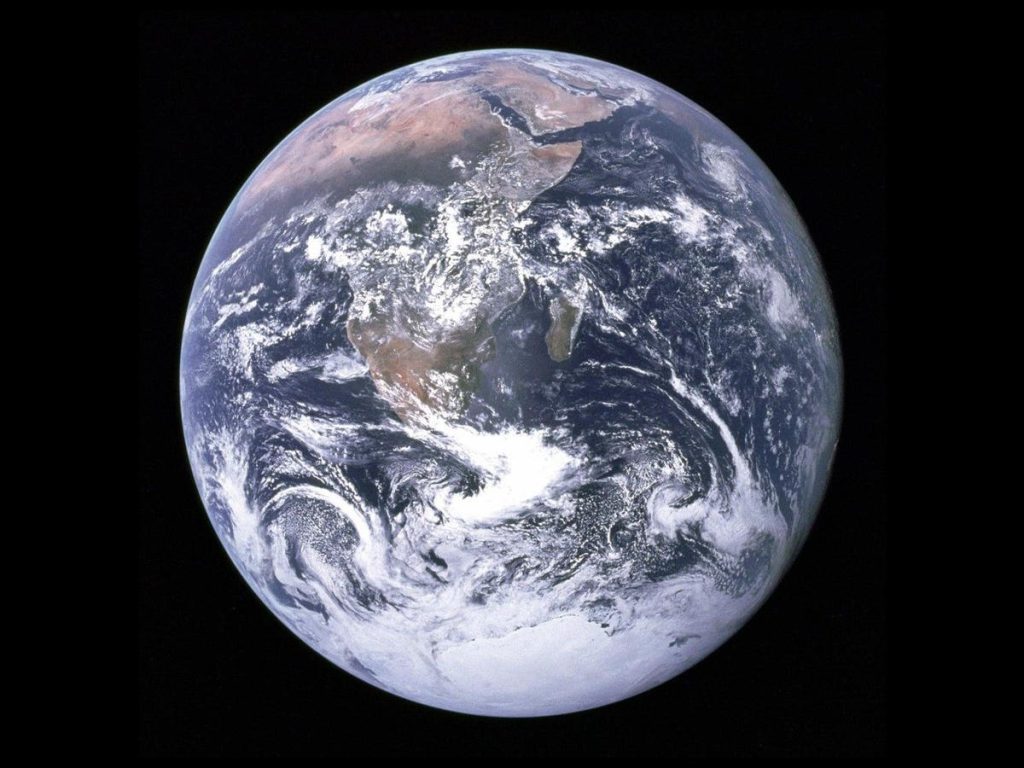How do we optimize agriculture to suit the needs of the twenty-first century?
That’s sort of a two-part answer, because, for one thing, we have to meet the food needs of the world’s population. According to United Nations estimates, that will require 70% more production worldwide to meet the needs of a population of 9.6 billion in 2050.
But we also have to look out for the planet, too!
We know that we are close to blowing past the two degrees Celsius mark that has its own global ramifications. Can better agriculture help?
Too often, farms don’t really have the data or the insights to get better at sustainable agriculture. But some companies are making a difference.
For example, a company called Indigo Agriculture has saved 19 billion gallons of water, operating in 14 countries, for 340,000 tons of GHG (greenhouse gas) reductions. That’s a lot!
Impacting the entire value chain with centralized applications for grain buyers, crop optimization programs and more, the company has also developed an accounting program for more sustainable crop production.
Talking at Davos this year, Indigo CEO Ron Hovsepian and I discussed how much time we have left to address current climate change standards. Hovsepian talked about his experience at different companies, working with technology, and noted that many of them have used budding AI technologies. Indigo, he said, makes good use of new tech as well.
“AI and ML are absolutely core to what we’re doing here,” he said.
Hovsepian pointed out that out of 2.2 million farmers in North America, about 200,000 of them produce 80% of the crops in the U.S. By bringing dividends of 5% to 8% value back to farmers, he said, the company is helping to revolutionize agriculture in the United States.
Then there’s the climate: part of the core work that Indigo is doing is around carbon sequestration.
If you look at it, practically, it’s pretty clear – on the one hand, we need to limit the amount of carbon in the atmosphere. On the other hand, we need to increase the amount of carbon in the soil for crops.
How do we do that? Well, we have the perfect system in nature.
Plants automatically take in carbon dioxide, and sequester carbon in the soil.
Indigo brings a system of registered carbon credits to farming, to improve the carbon footprint of something that’s responsible for a large percentage of emissions overall.
A piece in the Nature journal illustrates how this works, with charts on carbon sequestration and other trends from the Intergovernmental Panel on Climate Change.
“Agriculture has an ace up its sleeve,” writes Bianca Nogrady. “Although it’s currently a carbon source, it also has the potential to be a carbon sink, which could alter the planet’s climate-change trajectory … It’s not only possible, but it’s relatively easy to recharge soil organic carbon stocks by supporting and enhancing the natural processes that draw and convert CO2 into soil carbon.”
This is another direct tie between our efforts to battle climate change, and the use of AI tools. Indigo talks frequently about leveraging technology for its goals.
And we can see how it makes a difference in agriculture!
We’ve also covered other technology, like applications that manage and limit methane in dairy production. Together, these solutions can help bring us hope for a greener future. I’ll keep reporting on what innovators are doing to help.
Read the full article here










